TL;DR
Heavy summer rain and high heat in South Florida reward resilient landscape design, not quick fixes; swap fragile annuals for Florida‑tough groundcovers, widen plant spacing from walls, and add drainage, lighting, and a scaled privacy screen to create curb appeal that lasts. Use these ideas to plan a drought‑tolerant front yard that still looks lush after a cloudburst.
Introduction

Effective drainage and plant spacing keep new South Florida yards resilient through rainy seasons.
South Florida’s wet season commonly brings 6–10 inches of rain per month along with intense sun, humidity, and quick growth spurts. If your landscaping just went in, the next best step isn’t cramming in more plants, it’s choosing durable finishes and right‑sized additions that handle storms, heat, and time. I’ve walked plenty of new front yards where a single downpour shredded a bright band of annuals, but a few thoughtful changes—drainage, spacing, groundcovers, lighting—turned the same space into a low‑maintenance, high‑impact landscape that still looked fresh in September. Think of this as the second pass, the fine tuning that makes a design last.
Theme Overview
A resilient, low‑maintenance landscape starts with scale, spacing, and water management before extra color is added. From drainage to privacy to night lighting, the ideas below help new plantings in coastal and inland neighborhoods handle real weather, not just photo days. This is landscape design for South Florida, but the principles—right plant, right place; airflow by walls; mulch depth; mowable edges—apply anywhere humid and storm‑prone. Core themes you’ll see: native landscaping where it works, curb appeal planting, eco‑friendly yard choices, and backyard design that doubles as a refuge.
Anecdote
A Miami homeowner lost a full tray of petunias after one storm; swapping to blue daze along the bed curve kept color through the next rainy season.
Ideas, Tips, and Designs
01. Increase the Planting Offset From the House
Most shrubs should be planted at least 3–4 feet from walls for airflow, drying, and maintenance access.
What it is: A simple spacing adjustment that keeps mildew, algae, and insects from bridging into the house while giving fast growers room.
How it works: In humid climates, tight plant-to-wall spacing traps moisture against stucco and siding, leading to algae streaks and pest trails. Horticulturists note that 36–48 inches between foundation and shrub centers preserves airflow and lets you prune without scraping paint. It also prevents sprinkler overspray from bouncing soil onto walls. I’ve seen homeowners move young shrubs just two feet forward and avoid years of wall cleaning and constant hedge hacking.
- Measure 36–48 inches from the wall and replant new shrubs on that line.
- Choose compact cultivars for narrow beds, or widen the bed to match plant maturity.
- Keep mulch 2–3 inches from stems to reduce rot and ants.
02. Florida‑Tough Color With Perennial Groundcovers
Groundcovers like blue daze, perennial peanut, and dwarf porterweed handle heavy summer rain better than many tender annuals.
What it is: Rain‑resilient color and weed suppression at the bed edge.
How it works: Blue daze (Evolvulus), perennial peanut (Arachis glabrata), and sunshine mimosa form dense mats that rebound after cloudbursts, unlike petunias that can collapse in a single storm. In Zone 9b–11, these thrive in full sun, and once established they need less water than bedding annuals. Field note: I’ve seen blue daze knit into a low, blooming ribbon along a front curve within one season, keeping weedy grasses from creeping in during the rainy months.
- Plant 12–18 inches on center for quick fill within a season.
- Pick blue daze for coastal sites, perennial peanut for bright gold flowers and drought tolerance.
- Shear lightly once or twice a year to keep edges tidy.
03. Drainage First: Gutters, Splash Pads, and Subsurface Moves
Downspouts should discharge 5–10 feet away from foundations using splash blocks, river rock pads, or drains.
What it is: A simple stormwater plan that keeps mulch from floating and beds from washing out.
How it works: Concentrated roof runoff is the number one destroyer of fresh mulch and tender plantings. Direct downspouts into a buried drain, a dry well, or a shallow swale faced with river rock. A 2–3 inch layer of heavier mulch, like melaleuca or pine bark nuggets, resists float‑off better than light fines. In several coastal installs, adding a 3‑foot‑wide pebble splash zone at each downspout ended the post‑storm mess in one afternoon.
- Add gutters before the next big rain if possible, then extend downspouts away from beds.
- Create a 3′ x 3′ river rock pad where water lands hardest.
- Top beds with 2–3 inches of mulch, replenishing annually.
04. Scale‑Smart Privacy: Sea Grape, Clusia, or Areca
Sea grape can reach 25–30 feet tall and 20+ feet wide, clusia 6–8 feet, and areca palm 15–20 feet tall when mature.
What it is: A privacy screen sized to your lot and maintenance appetite.
How it works: Sea grape makes a beautiful coastal hedge but demands vigilant pruning and room, ideally 5–8 feet from fences, irrigation, and hardscape to avoid root conflicts. Clusia guttifera is a denser, moderate hedge that clips cleanly and fits smaller lots; space 24–36 inches on center. Areca palms offer quick height and filtered privacy; plant clumps 3–5 feet from boundaries to allow spread. I’ve watched sea grape overwhelm tiny side yards while a clusia line stayed trim and neighbor‑friendly.
- Match species to space: clusia for narrow runs, sea grape for large zones, areca for soft screens.
- Install dripline at the hedge base to save 30–50% water versus spray heads.
- Commit to quarterly pruning for sea grape to hold form.
05. Low‑Voltage Landscape Lighting
12‑volt LED path and uplights use up to 80% less energy than halogen and are safe in wet conditions.
What it is: Nighttime curb appeal and better wayfinding on stormy evenings.
How it works: LED fixtures with warm color temperature (2700–3000K) highlight palms, entry plantings, and address numbers without harsh glare. A transformer with a photocell and timer keeps things automatic. Designers often start with one uplight per specimen tree and low, shielded path lights every 6–8 feet. In neighborhoods with uneven sidewalks, I’ve seen subtle path lighting reduce stubbed toes and show off fresh planting texture after dusk.
- Choose sealed brass or powder‑coated fixtures rated for coastal exposure.
- Place path lights 12–18 inches back from edges to avoid mower damage.
- Use louvers or shrouds to prevent light spill into windows.
06. Mower‑Strip Edging That Lasts
A 4–6 inch wide soldier‑course paver edge lets mowers ride a tire on the border and eliminates most string trimming.
What it is: A durable bed edge that holds shape through rainy seasons.
How it works: Metal edging is crisp on day one, but in sandy soils and heavy rain it can heave. A paver mowing strip set flush with turf creates a clean line and adds a subtle hardscape band for structure. I’ve watched crews save 10–15 minutes per weekly mow on homes that converted to brick soldier borders around front beds.
- Compact base and set pavers level with the grass crown.
- Choose tones that match roof or stoop for a cohesive look.
- Where metal is preferred, stake every 24 inches for stability.
07. Mulch Depth and Distance
Maintain 2–3 inches of mulch across beds, keeping a 2–3 inch gap from trunks and stems.
What it is: Weed suppression and moisture moderation without pest problems.
How it works: Mulch insulates roots and reduces evaporative loss, important in fast‑draining coastal sands. Too much piled against trunks invites rot and scale insects. Florida‑friendly options like melaleuca or eucalyptus mulch are sustainable choices that anchor better in storms. After installing the correct depth, I’ve seen irrigation runtimes drop while plants held their color in peak heat.
- Top up annually to hold the 2–3 inch target depth.
- Rake smooth after big storms to reset coverage.
- Avoid cypress sourced from sensitive wetlands.
08. Accent Boulders and Stone “Rivers”
Grouping three boulders of varied size, with 1/3 buried, looks most natural and helps slow runoff.
What it is: A sculptural focal point that adds permanence to young plantings.
How it works: A trio of caprock or limestone boulders reads as mature structure while new shrubs fill in. A shallow swale lined with river stone can guide and infiltrate water between groupings. In one Boca front yard, two medium boulders and one larger anchor near the entry instantly elevated the curb appeal without adding a single new plant.
- Select local stone for color harmony with house and soil.
- Place near curves or nodes where paths or bedlines meet.
- Pair with low grasses to soften edges.
09. Under‑Palm Fillers That Love Heat
Dwarf ixora, allamanda, and pentas bloom in Zones 10–11 with 6–8 hours of sun and regular summer irrigation.
What it is: Compact shrubs and subshrubs that bring year‑round color under palms and at entries.
How it works: Dwarf ixora (spaced 18–24 inches on center) forms a glowing skirt beneath palms. Allamanda climbs or mounds with bright trumpets, and pentas draw butterflies for months. These choices are sturdier than most bedding annuals in heavy rain. I’ve watched an entry palm transform with a low ring of red ixora, turning a tall accent into a grounded composition.
- Choose dwarf cultivars to prevent blocking sightlines.
- Fertilize lightly with slow‑release, palm‑safe blends in spring.
- Clip after peak flushes to keep blooms coming.
10. Smart Irrigation and Pruning Plan
Dripline or micro‑sprays can cut water use by 30–50% compared to spray heads while keeping foliage dry.
What it is: Efficient watering and a calendar for shaping fast growers.
How it works: In sandy soils, emitters rated 0.6–1.0 gph run longer and deeper, encouraging roots to chase moisture. A seasonal schedule, plus quarterly shaping on vigorous species like sea grape, prevents the “big haircut once a year” that stresses plants. I’ve seen gardeners move from twice‑weekly spray to drip and gain stronger blooms with fewer fungal issues.
- Run early morning cycles, adjusting for weekly rainfall totals.
- Install a rain sensor or smart controller to skip stormy days.
- Book seasonal pruning, not emergency chops.
Transitional Reflection
Beautiful, durable gardens come from restraint and rhythm more than from shopping lists. Give new installs one growing season to knit, then fill genuine gaps with plants that fit your sun, water, and space. The joy is in watching the landscape mature into itself—each storm, each flush of color, a small proof you designed for real life.
How to Visualize It
Previewing layouts and plant scales reduces rework, costs, and regrets before you ever pick up a shovel. Before you plant a single shrub, map your space virtually. Platforms like ReimagineHome let you test hedge spacing, add boulders or paver edging, and simulate sunlight paths across seasons—turning quick sketches into living blueprints you can refine with your installer.
Visualization Scenario
Using ReimagineHome, the homeowner tested clusia spacing at 24 vs 32 inches on center, then added a 3‑boulder cluster and a brick mowing strip to confirm sightlines before installation.
FAQ
How far should shrubs be planted from a house in humid climates?
Most landscape designers recommend 3–4 feet from walls for airflow, cleaning access, and to reduce mildew and insect bridging.
What plants survive full sun and heavy rain in South Florida?
Blue daze, perennial peanut, dwarf porterweed, pentas, and dwarf ixora handle intense sun and summer downpours better than many annuals.
Is sea grape a good privacy hedge for small lots?
Sea grape works with regular pruning but can reach 25–30 feet; for narrow runs, clusia or areca palms are typically easier to maintain.
How deep should mulch be to control weeds?
Maintain 2–3 inches of mulch across beds and keep it 2–3 inches away from trunks and stems.
Metal edging or paver mowing strip—what’s better?
Metal edging is crisp but can heave; a 4–6 inch paver mowing strip set flush with turf reduces string trimming and holds shape longer.
How do you plan a drought‑tolerant front yard in Florida?
Combine drip irrigation, Florida‑friendly plants, 2–3 inches of mulch, and proper spacing; prioritize groundcovers and shrubs adapted to Zones 9b–11.
Closing Reflection
Well‑scaled beds, storm‑smart details, and a few Florida‑tough layers can transform a new landscape from fragile to forgiving. I’ve seen it on quiet cul‑de‑sacs after a July deluge: where gutters emptied onto stone pads, where groundcovers caught the splash, where shrubs sat a generous four feet from stucco, the garden still looked composed. That is the promise of thoughtful landscape design in 2026. It is not about adding more, it is about adding what lasts—and enjoying the view from a chair out front when the rain clears. New South Florida landscape? Add drainage, spacing, Florida‑tough color, lighting, and privacy for curb appeal that survives summer storms. Tags: Front Yard, Garden, Curb Appeal, Lawn, Exterior Lighting, Pathway, Backyard, Planters Ready to see it before you plant? Use ReimagineHome to visualize curb appeal planting, privacy hedges, and edging so your yard looks right the first time.
.svg)

.svg)

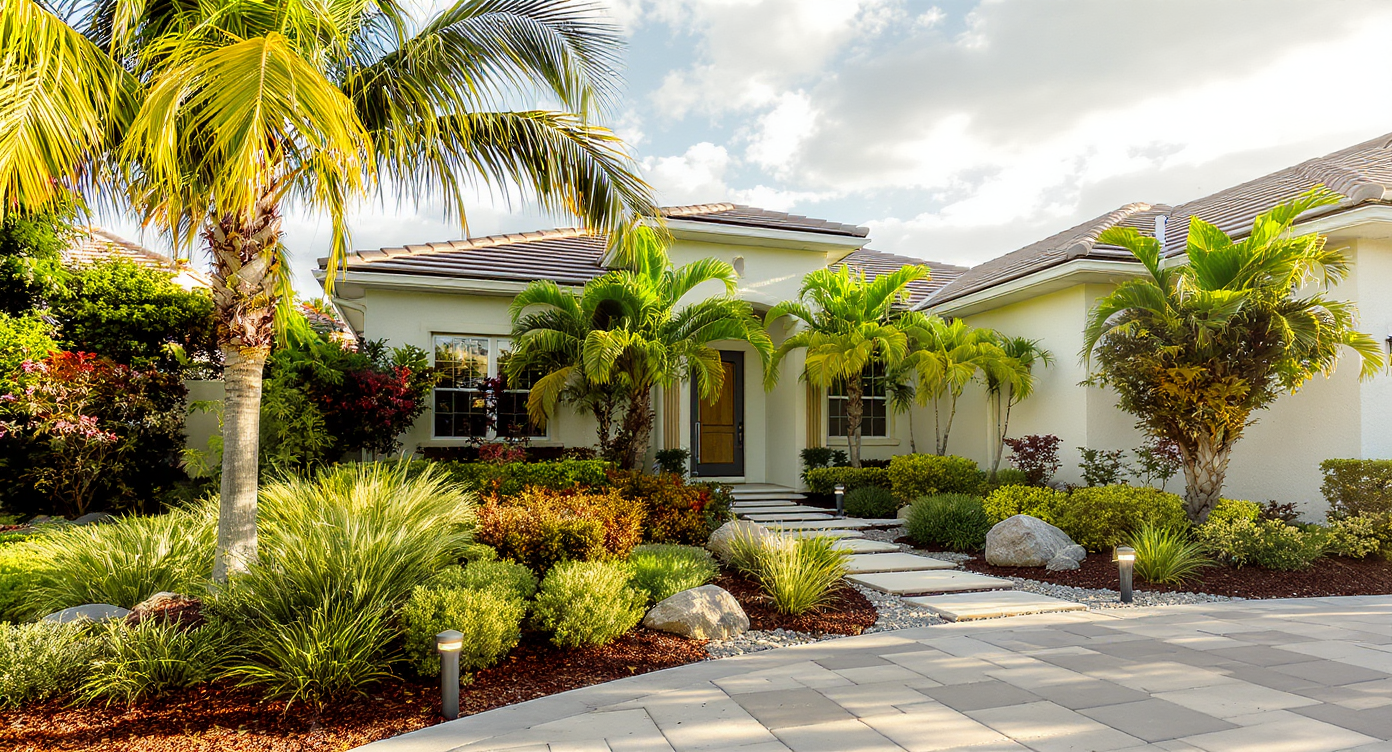

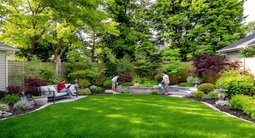
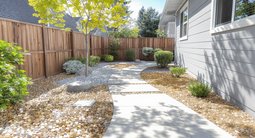
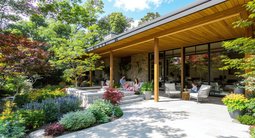
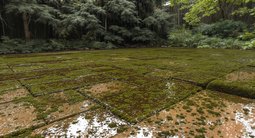
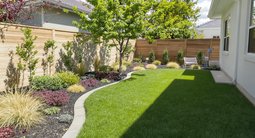
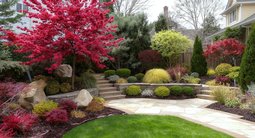





.png)